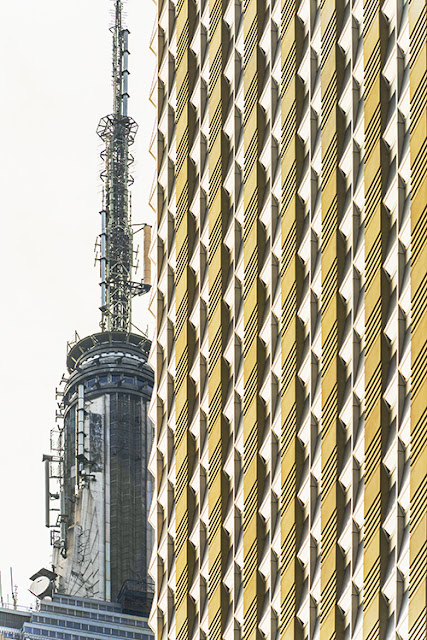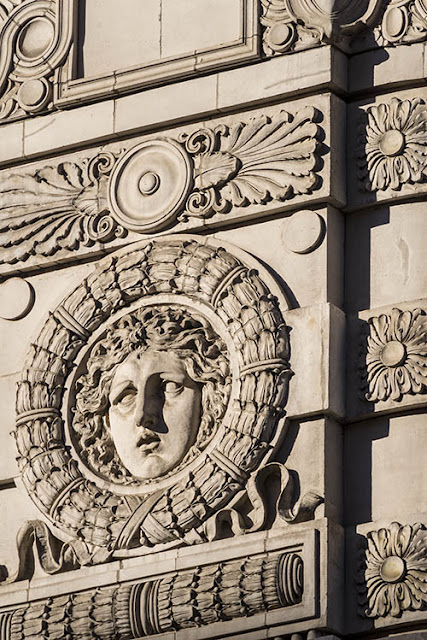Nikon D600 - Hands on review
DSLR cameras have improved to a high water mark with the current crop of new models hitting the market since 2012. Sensor technology has progressed to a very high level, with high megapixels, extensive dynamic range, high ISO capabilities. and exceptional resolution. Nikon's D600 has surpassed the capabilities of its older high end D3x model, and for only a fraction of the cost. The D600 has a 24.3mp sensor, can shoot at 5.5 frames per second, is small (6.3"W x 6.2"H x 3.6"D) and light (only 2.95 lb with battery and cards), has built-in remote control capability via the WU-1a plug-in accessory, along with all the other familiar features of a professional grade Nikon camera. All this and it costs around $2000.
The real question is: how does it perform? I have been using this camera along with a D800 and D4 ever since they all came out. I waited to write this review because, as a "hands-on" review, I feel I should give myself some time to become familiar with the camera. What I can say before I go any further is that I find myself more and more reaching for the D600 as my preferred choice.
Why? First of all, the camera does not disappoint in terms of image quality. As I am a professional photographer, this is a primary requirement. The
DxOMark sensor rating for the D600 is only slightly lower than for the D800 with both cameras being rated at the best in the world.
Second, the D600 is comfortable to use. It is a bit smaller and lighter than the D800 and often the 24.3mp of the D600 sensor is more than what I require for my job. At a frame rate of 5.5fps I find it fast enough for most situations. Its ISO is rated as 100-6400, but I try not to use any camera much beyond 1600. I find I can take the D600 to 3200 by using some easy noise correction.
As with all Nikon pro cameras the control layouts are very similar -- comfortable and intuitive. This aids in switching from one camera to another. Something I like about Nikon is that once you know how to use one Nikon camera, you pretty much know how to use all of them.
Keep in mind that Nikon classifies the D600 as a consumer camera. This means a lighter body with less metal, some missing niceties that pros expect, two SD card slots instead of a larger CF slot, and controls that are closer to the consumer camera types than the pro camera types.That said, this camera is something of a wolf in sheep's clothing, and feels and performs in a very professional manner.
Perhaps the thing I miss most about this camera model is the larger 51 focus points of the auto-focus system in the D800 and D4. The D600 has a 39 point system, which is really not bad in itself. What does matter is the actual size of the total focus area.
 |
| In a shot like this where the model is composed off to the left of the frame, the D600 just barely put a focus point on the models eye. In this case both the model and I were stationary. So there would not have been much of a problem if I had to grab focus and move the camera, but it sure makes life easier to compose a frame when the focusing area is larger. |
 |
| On the left is the smaller focusing area of the D600. On the right, the much larger area of the D800 and D4. |
 |
| Left = D600 Right=D800 & D4 |
 |
| Left = D600 Right=D800 & D4 |
When photographing people I like to put a focus point on one of the eyes. In the samples above you can see that the D600 just makes the focus, but then only when the face of the subject is off the one side. If I cannot place a focus point directly on an eye, I have to take the camera off of its "C" continuous focus mode and put it into "S" its single-servo mode. The latter means that I have to pre-focus (grab focus) with a half press of the shutter, and, while holding the shutter half way, move the camera to compose the shot. This works sometimes. Often as not the model has moved, I have moved, or both, and the shot is soft. This is why I like the larger focus area of the pro model cameras.
While I am complaining, I should also mention that I find myself changing menu options by accidentally hitting buttons on the camera. One thing I do all the time is put the camera into bracket mode, something that is easily done by pressing the BKT button and turning the rear dial.
 |
| Note where the BKT bracket button is placed. This is very easy to hold in accidentally as you hold the camera with the left hand. Neither the D4 nor D800 have this button. I'm not sure why it even needs to be placed in such an accessible location. |
|
One feature the D600 does have that the other pro models do not, is a very convenient and inexpensive wireless capability. You can plug in the tiny WU-1a transmitter into the side of the camera, download the app for your cell phone, and control the camera from the phone. I have found this very handy even in the studio when I have to place the camera in high, overhead locations where I cannot use the viewfinder or see the live view screen.
 |
| The small WU-1a wireless transmitter plugs into the side of a D600 and transmits a live view image to your cell phone from which you can take the picture. |
For the two photos above the camera was centered high over the models and the viewfinder inaccessible. By plugging a WU-1a wireless transmitter into the side of the D600 the live view was transmitted to my cell phone where I was able to move the focus point where I wanted it placed and then take the photo from the cell phone by tapping a button. I will be doing a hands on review of the WU-1a in a later blog post.
Another accessory that can be added to a D600 is a second battery pack. This unit (the MB-D14) holds a second battery similar to the one in the camera or set of double AA's and extends the battery life of the system considerably. The grip also adds a second set of shutter release and focusing controls when the camera is held vertically. This is similar to what is found on a D4 body.
 |
| In this view of the MB-D14 battery accessory you can see the second shutter release and front control knob. |
 |
| In this rear view you can see the focus point control, auto-focus lock button, and second rear control wheel. If you are used to using a pro body and work very fast, this accessory is an added convenience. While this attachment does bulk up the system, it can always be removed when you want to lighten your camera bag load for traveling. |
 |
| Missing is the window block found on Nikon pro models. Otherwise, I think any pro user would find this camera familiar and comfortable to use. |
|
I find the auto white balance of the D600 to be about the best of any camera I have ever used. Although I always shoot a gray card for color adjustment afterwards, the D600 comes closest to nailing the correct and most pleasing balance in all situations.
 |
| A D600 set up in one of my favorite walk-around setups with a Nikon 24-120mm f/4 lens. |
Bottom line: this camera is the most pro-version "consumer" camera I have ever used. It feels rugged enough, delivers absolutely stunning images, and comes at a good price point. It makes not only a good second body, but a main body in its own right. I sometimes like to walk around with it set up with the Nikon 24-120mm f/4 lens as a one-lens camera outfit. Come to think of it, Nikon had originally introduced the 24-120mm as a high end consumer lens. Maybe the camera and lens were simply meant for each other. You could do a lot worse than this combo, but you would be hard pressed to find better performance at any price.
 |
| Subtle detail and color was preserved beautifully even on this dull, overcast, snowy day. |
 |
| The detail in this image is astounding, a testament to both the D600 and new 70-200mm f/4 lens combo that took the photo. |





















































